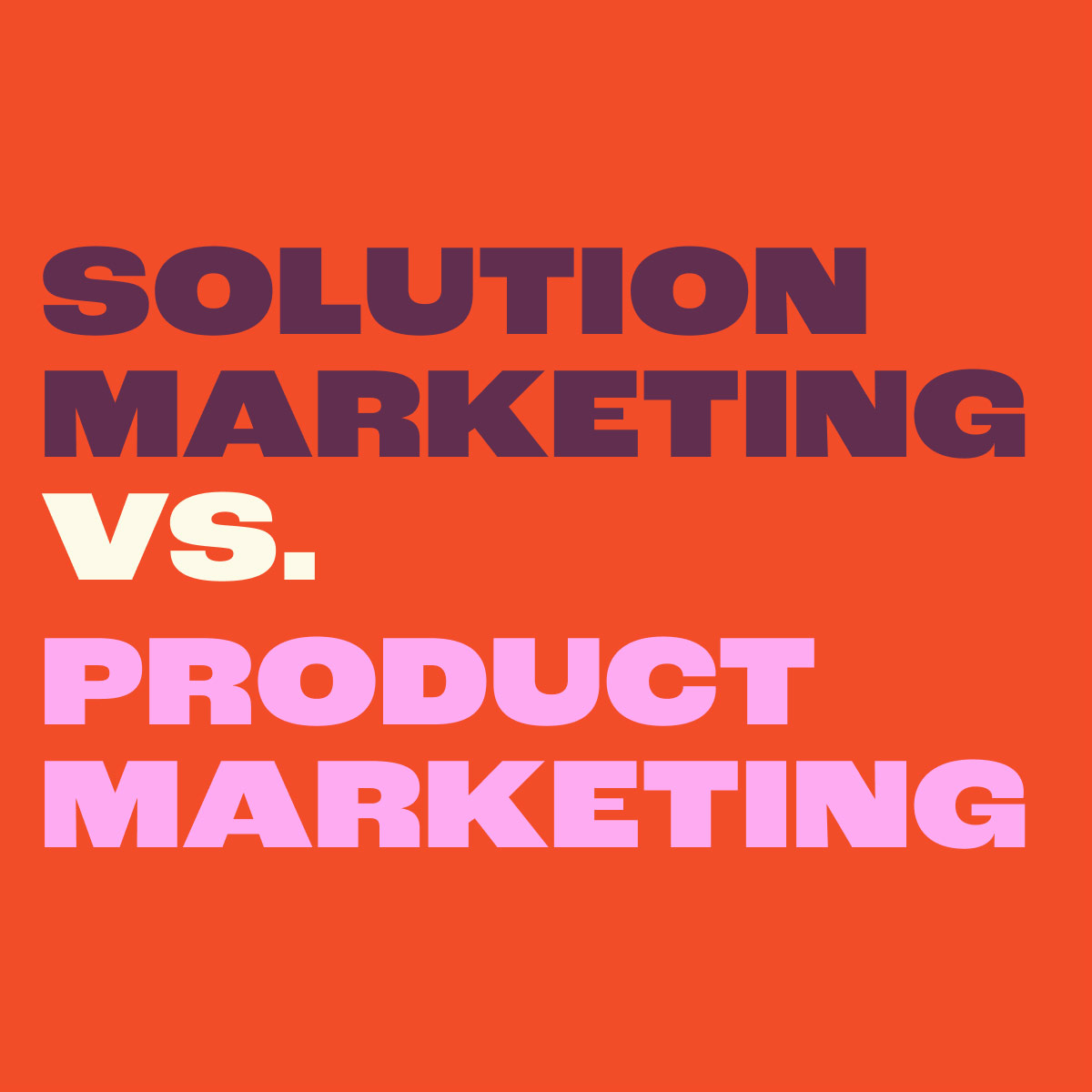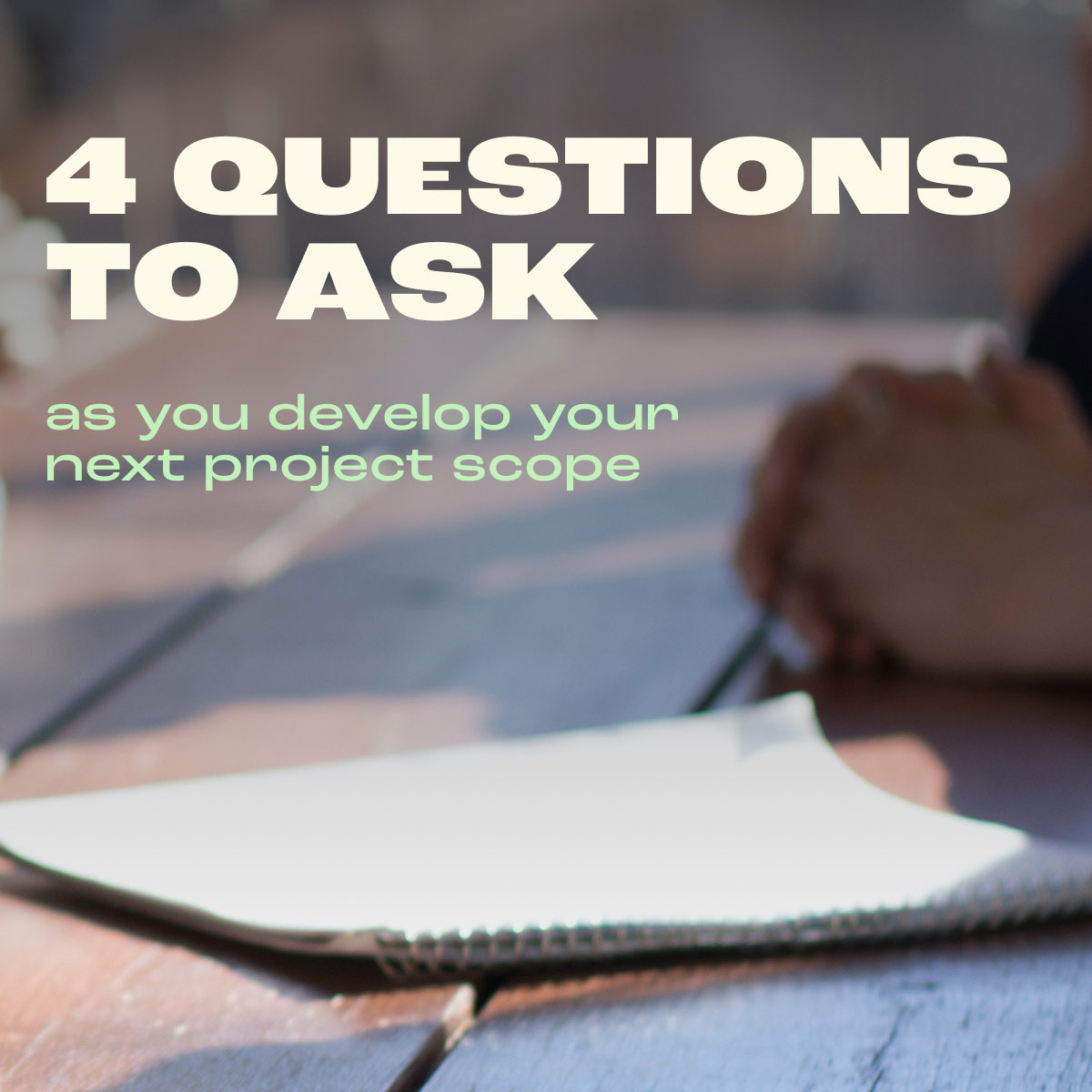For many, understanding user behavior and overall customer engagement on a website might encompass assessing metrics like sessions and conversion rate. Maybe marketing professionals are also looking at the time on site or bounce rates. However, the challenge is that too many digital marketers stop there.
While each of these measures are important, they represent only a beginning in the journey to understanding the overall customer engagement your website is generating. The wealth of behavioral data that can be garnered about your site visitors is almost unending if you take the time to look deeper.
WHY SOME USER BEHAVIOR IS MORE IMPORTANT THAN OTHERS
Your website contains a wealth of information for your visitors. It helps them learn more about your brand and the challenges you can help them solve. Ultimately the success of your site may be measured by its ability to deliver a conversion. However, without understanding what actions or paths a visitor takes before they convert, it can be a guess as to which paths lead to successful conversions and which lead to visitors bouncing out of your website.
Therefore, it is vital to understand your website visitors’ non-conversion behavioral data.
USING AN ENGAGEMENT FRAMEWORK TO ASSESS NON-CONVERSION BEHAVIORS
When working with clients, I like to work from an adaptable framework to understand visitors’ journey to their website. This framework will change based on the user’s goals and the content available to them. It will also change based on the brand’s goal and the outcomes they hope to effect. But it always starts with a view on helping solve the site users’ needs. Because if we are not assisting the visitors in solving their problems, we cannot help clients achieve their goals.
An example of this engagement framework:

RESEARCH
The research stage should be set up to measure any user’s actions on the site that suggest they are interested in learning more about the brand’s products or services.
In this example, the research stage could include tracking behaviors like scrolling down the home page, reaching the “feature products” section, and clicking on one of these featured callouts. We could then measure the difference in the behavior of users who instead use the links in the top navigation to reach the product pages.
Why This Matters
If we find that new visitors who go on to convert are more likely to use the top navigation than featured callouts, then perhaps we need to develop better clarity in the featured product callouts. Alternatively, we could test if raising the placement of these callouts higher on the page would help more visitors reach the product page and result in a higher conversion rate. Ultimately monitoring the user behaviors may tell us that less is more. However, it’s a decision that the team could make based on observable behaviors vs. guessing.

Consideration
In this stage, we want to evaluate user activities that demonstrate deeper engagement, like an interest in downloading content or product information.
For our example, we will look at “ungated” content downloads as examples of users engaging in consideration behavior. Tracking the content topics, format, and overall quantity could tell us a lot about the information users are interested in consuming.
Why This Matters
Users will display different behaviors and content preferences, not just between converting and non-converting users. But I also have differences in format preferences between early stage and late-stage buyers. If your team is producing content, helping them understand which is most effective for engaging a user early in their purchase decision vs. late in the purchase decision can get them to focus on the right content to develop for the right time.

EVALUATION
The evaluation stage should focus on measuring behaviors that include consumption of proof source content.
For our evaluation stage example, this could include visits to case studies, testimonials, or any content on the website that helps validate your product’s or service’s effectiveness.
Why This Matters
Users considering working with your organization will ultimately ask the “who else are you working with” question. We don’t always know which of the shiny logos they are most interested in reading on our case study pages. Are your prospective customers interested in industry experience, capabilities, or how you’ve solved a similar problem for others? If you track user engagement for converters and non-converters, it could tell you how to engage more deeply.

INTENT
Tracking the intent stage is as close to conversion as possible without being a conversion. Here we are looking for actions that show the user is ready to take action.
An example is tracking behaviors like visits to your contact page or for brands that sell through third parties; it could be measuring which users click on “where to buy” or “contact a sales rep” links.
Why This Matters
Assessing intent actions that don’t result in conversion may be as crucial as knowing which are more likely to deliver conversions. This is a great place to look for friction points in your website’s conversion funnel. Sometimes fixing these friction points can be surprisingly easy if you know where you should be looking.
Analyzing non-conversation behaviors will improve not only user engagements, but, ultimately, overall conversions as well.
Taking the time to assess the different elements of the user journey across your website and work to improve user engagement holistically will result not just in deeper user engagement, but in enhanced conversions as well.


